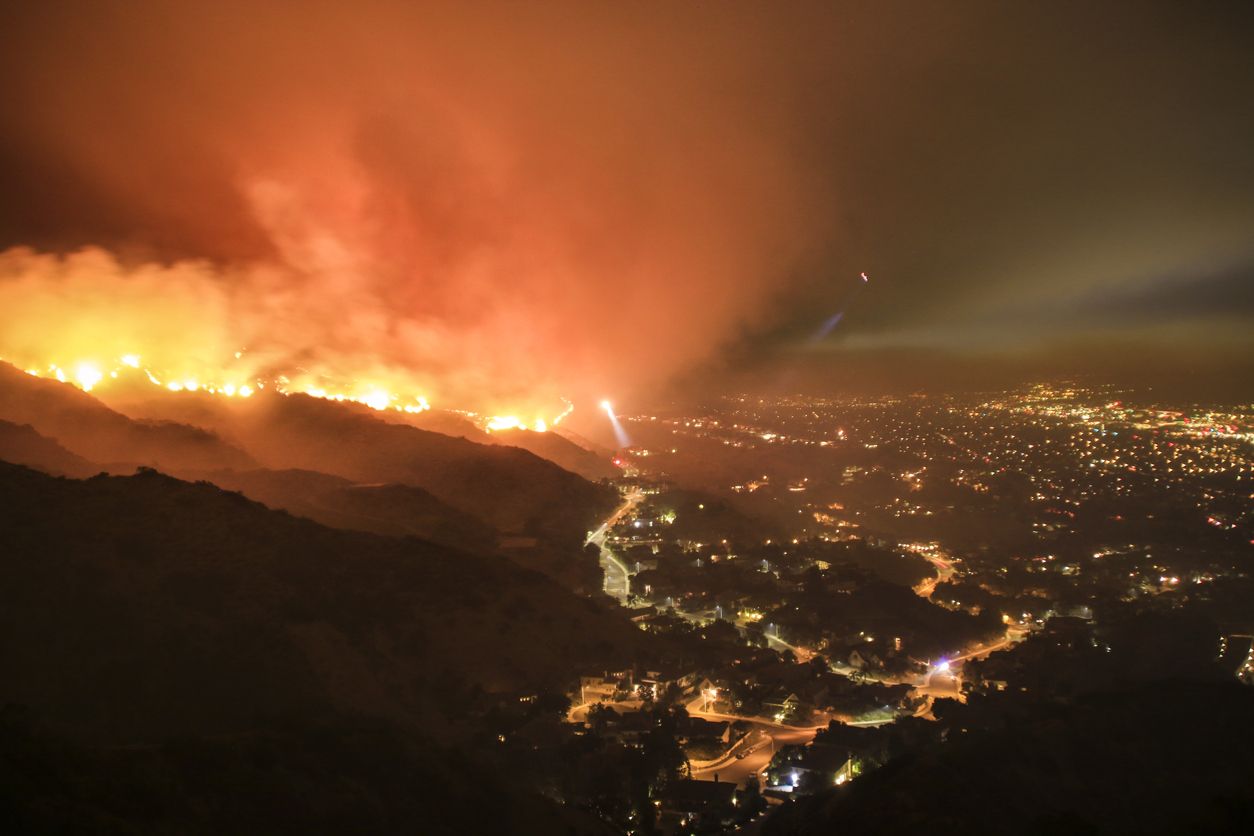The lawsuit also alleges that the wildfire ignited in Pulga on Nov. 8 because PG&E did not maintain its infrastructure or properly inspect and manage its power transmission lines.
In a statement, PG&E noted that the cause of the fire has not been determined. The utility said it has filed an “electric incident report” to the Safety and Enforcement Division of the California Public Utilities Commission and will cooperate with any investigations.
“As for potential liability,” PG&E said, “our focus right now is supporting first responders; positioning our employees to assess damage, restoring service and rebuilding infrastructure; and helping our communities recover. Because the cause of the fire has not been determined, it is uncertain if PG&E could be liable for any of the damages.”
Dario de Ghetadli, a member of the legal team representing the victims, said the lawsuit is among the first of many that will be filed in the coming days, weeks and months.
“It’s the only way to get full justice for the victims of this fire many of whom do not have insurance. Most of them have lost everything they own. Many have died,” de Ghetadli said.
“From everything we know, PG&E is at fault just as they were in the 2010 San Bruno gas explosion, the 2015 Butte Fire in Calaveras County and the 2017 North Bay Fires,” he added. “PG&E needs to stop blowing up and burning down California.”
Firefighter radio transmissions and PG&E regulatory filings indicate a transmission line near the Poe Dam may have sparked the fire amid heavy winds and tinder-dry conditions.
The “root cause” of the blaze, according to the lawsuit, was PG&E’s focus on profits over safety.
“Rather than spend the money it obtains for infrastructure maintenance and safety, PG&E funnels this funding to boost its own corporate profits and compensation,” the lawsuit says.
This pattern and practice of favoring profits over having a solid and well-maintained infrastructure that would be safe and dependable for years to come left PG&E vulnerable to an increased risk of a catastrophic event such as the Camp Fire.”
As of Tuesday night, the Camp Fire had charred 130,000 acres and was 35 percent contained. The blaze has killed at least 58 people, displaced tens of thousands and destroyed more than 7,000 homes, making it both the deadliest and most destructive fire in California history.













